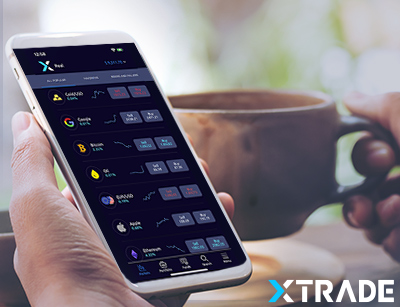Tips on Forex Market Analysis
By Content-mgr - on May 23, 2016Forex market analysis relies on chart patterns, chart indicators. But also on off-chart oscillators and indicators, and fundamentals analysis. Forex charts are confusing because all these different indicators tend to disagree with one another. And also a single indicator can give conflicting signals even on two correlated currency pairs. Wise traders assign an order of importance on their indicators. And through the years, they have figured out that chart patterns tend to override all other chart-derived indicators. It’s only the fundamentals, and more specifically the medium term (quarterly fundamentals) that can override anything else. In all other cases, chart patterns provide the basic road map for trading a market. Off-chart indicators are helpful in that they often provide leading signals, often not seen on the charts and their patterns. But these indicators suffer from poor timing, and they fail to predict the exact day where the signal in question will likely be triggered. Chart patterns, especially on the daily chart, help to improve the use of these off-chart indicators. So for example, the CCI indicator may provide a divergence signal, which warns of a possible reversal or correction. But no exact day can be detected on the CCI graph. This is where swing point analysis and several patterns on the daily market chart may provide sufficient clues. Forex market analysis can be greatly improved through the use of these concepts. The hardest part which will always remain a puzzle to traders, is dealing with medium term fundamentals. Fundamentals in general are very hard to make sense of. Because they are not as simply as buy or sell. Many times, they act more like complex signals which impact the markets in more ways than one. And each component of the impact acts at a different moment in time. Fundamentals are so complicated that no economics model can beat them. And even top investment banks always have conflicting opinions on quarterly and annual market outlook. Sometimes one analyst is right, and sometimes some other analyst, using a different approach, is proven right. The bottom line is that one cannot trade the forex market based on the recommendations and opinions of even the top investment banks.

Improving Forex Market Analysis
In order for traders to improve their forex market analysis methods, they would have to better define their objectives and time frames of interest. The daily chart carries a lot of weight, much more than other time frames. And it is also more useful for short term trading, than the weekly chart is. The first success in online trading can be achieved through analysis on the daily chart first. Traders can also use the 30 minute or 60 minute charts as a secondary time frame for fine tuning their analysis. But it is always the daily chart which seems to contain more information than any other chart. Because of the swing points that are formed daily, the high and the low, and the different active trading hours. The daily chart is also much more immune to market noise and intimidating trading action. It does produce false signals, but wise traders have learned how to figure them out. Wise traders use CFDs to trade or just hedge various commodities and currencies, including of course important commodity currency pairs. Online CFD analyses used by these traders range from chart patterns, to more sophisticated methods. One of them is watching for divergences between the spot market and the Futures market. Or even divergences between two Futures contracts having different delivery dates. Futures contracts do sometimes provide leading clues through these divergences, because they have no linear pricing. And the Futures themselves act as an indicator. Sometimes these divergences can be quite dramatic. Wise CFD traders use Futures and their divergence patterns as indicators, and they trade the actual market through the highly linear CFD contracts.
 First Deposit Bonus
First Deposit BonusFirst Deposit Bonus | Phone Verification | First Trade on us | Account Verification














